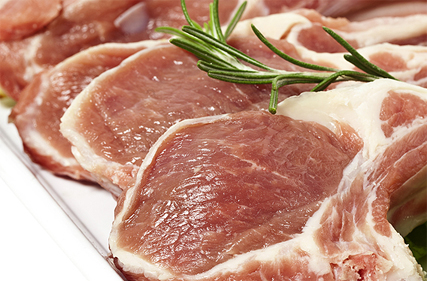 Strong demand for both lamb and mutton from the Middle East and other emerging markets is also driving higher turn-off of sheep to be processed onshore.
Strong demand for both lamb and mutton from the Middle East and other emerging markets is also driving higher turn-off of sheep to be processed onshore.
As a result, ABARES is forecasting that Australia will likely remain the world’s largest exporter of sheepmeat.
Elevated export prices for sheepmeat are expected to incentivise processors to expand slaughter capacity, especially in early 2025 with the expected peak in US import demand.
Although labour constraints remain in the processing sector, they are not expected to substantially constrain growth in processing capacity during 2024–25.
Slaughter capacity is expected to continue rising throughout 2024–25 but at a slower rate than in in 2023–24.
High slaughter rates reflect improved economic conditions in key markets supporting lamb demand and seasonal conditions in the east coast supporting strong lambing rates.
Turn-off for processing in the eastern states is also expected to rise despite improved seasonal conditions for 2024–25 due to continued turn-off of older breeding ewes and a large lamb drop.
Higher carcase weights are expected in 2024–25 due to improved pasture availability and a lower proportion of female sheep and lambs being slaughtered:
- Sheepmeat production volumes are forecast to rise by 2% to 937 thousand tonnes (carcase weight) in 2024–25.
- Sheepmeat export volumes are forecast to remain elevated at 650 thousand tonnes in 2024–25 from 648 thousand tonnes in 2023–24 reflecting higher sheep meat production.
- Lamb slaughter volumes are expected to increase by 3% to 28.0 million head in 2024–25 from 27.3 million head in 2023–24.
Agriculture Minister Murray Watt saidAustralia produces some of the best lamb and mutton in the world.
“But now the rest of the world, including key emerging markets like the Middle East, are figuring that out too,” Mr Watt said.
“The more sheepmeat we export, means we can create more jobs onshore in the meat processing sector and see more economic benefits flow through our regional communities.”
-ABARES
